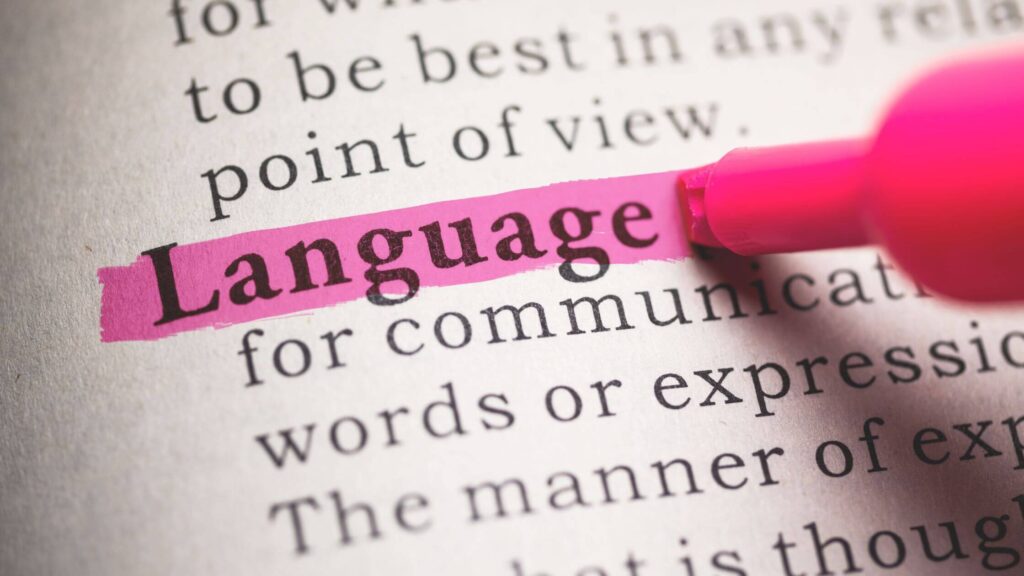What is the Difference Between Yiddish and Hebrew?

The Jewish people have a rich cultural heritage and history, which is reflected in their language. Yiddish and Hebrew are two distinct languages that have played significant roles in Jewish culture and history. While both languages have some similarities, they are fundamentally different. In this blog post, we will explore the key differences between Yiddish and Hebrew.

Key Difference Between Yiddish and Hebrew
Origins
Hebrew is an ancient language that has its roots in the Middle East. It is the language of the Jewish scriptures and has been used in religious contexts for over 3,000 years. Hebrew was spoken by the ancient Israelites, and it continued to be used in Jewish communities throughout the centuries.
The origins of Yiddish are more complicated. It is a language that developed in Central and Eastern Europe during the Middle Ages. Yiddish was originally spoken by Jewish communities in Germany, and it spread to other parts of Europe, including Poland, Russia, and Ukraine. The language is a combination of Hebrew, German, and Slavic languages, with influences from Aramaic, Romanian, and Turkish.
Vocabulary
The vocabulary of Yiddish and Hebrew differs significantly. Hebrew is a Semitic language, which means that it is related to Arabic and other languages spoken in the Middle East. Hebrew has a rich religious vocabulary, including words related to prayer, ritual, and Jewish law. Many Hebrew words have a deep spiritual significance and are used in religious contexts.
Yiddish, on the other hand, has a Germanic base, which means that it is related to German and other languages spoken in Europe. While Yiddish has a significant Hebrew and Aramaic influence, it also has a rich vocabulary of German and Slavic words. Yiddish has a more secular vocabulary with words related to everyday life, such as food, clothing, and family.
Usage
Hebrew is primarily used in religious and cultural contexts. It is the official language of Israel and is widely used in Jewish communities worldwide. Hebrew is used in academic and literary contexts, and many Jewish scholars study the language to gain a deeper understanding of Jewish history and culture.
Yiddish, on the other hand, was historically used as a language of everyday communication among Jewish communities in Central and Eastern Europe. It was used for both spoken and written communication, and many Yiddish books and newspapers were published in Europe before the Holocaust. Today, Yiddish is primarily used in Hasidic communities and among Orthodox Jews in the United States, Canada, and Israel. Yiddish is also used in academic and literary contexts, with many Yiddish writers and poets producing works of literature that have been translated into other languages.
Grammar
Another significant difference between Yiddish and Hebrew is their grammar. Hebrew has a complex grammar system that includes gender, tense, and conjugation. Hebrew verbs change based on the gender and number of the subject, and the language also has a complex system of prefixes and suffixes.
Yiddish, on the other hand, has a simpler grammar system that is closer to German. Yiddish nouns have four genders, and the language uses prefixes and suffixes to indicate tense, aspect, and voice. Yiddish also has a unique system of verb conjugation, which is different from both Hebrew and German.
Pronunciation
Yiddish and Hebrew also differ in their pronunciation. Hebrew has a distinct sound that is characterized by guttural consonants and a distinct rhythm. The language has a musical quality, and it is often sung or chanted in religious contexts.
Yiddish, on the other hand, has a more nasal sound that is influenced by German and Slavic languages. Yiddish has a distinct accent, and its pronunciation can vary depending on the region and community where it is spoken.
Conclusion
In conclusion, while both Yiddish and Hebrew have their roots in Jewish culture and history, they have distinct differences in their origins, vocabulary, and usage. Hebrew is an ancient language with a religious and cultural significance, while Yiddish is a Germanic language with a secular vocabulary that developed among Jewish communities in Central and Eastern Europe. Understanding these differences can help us appreciate the richness and diversity of Jewish culture and history.
Read more article about Top 5 Fully-funded Scholarships for Bachelor Program in Italy




